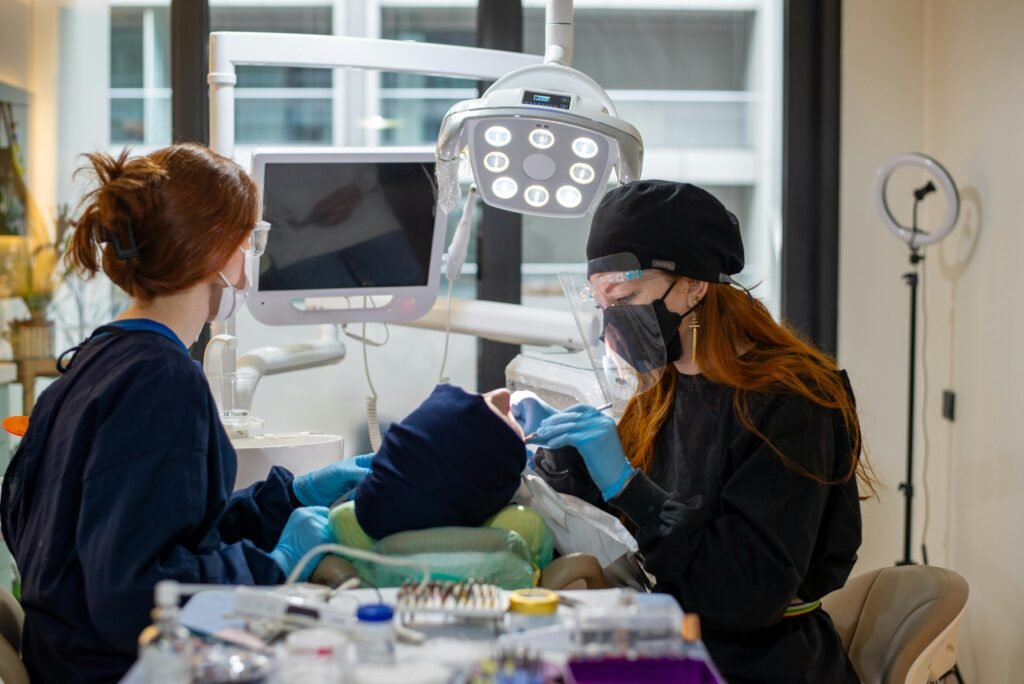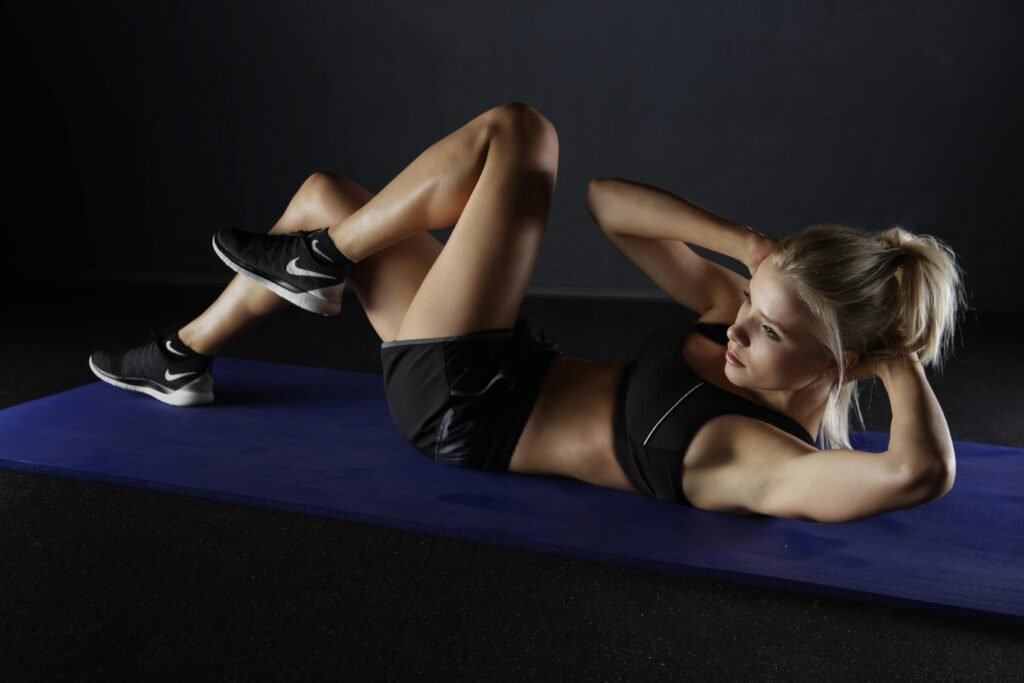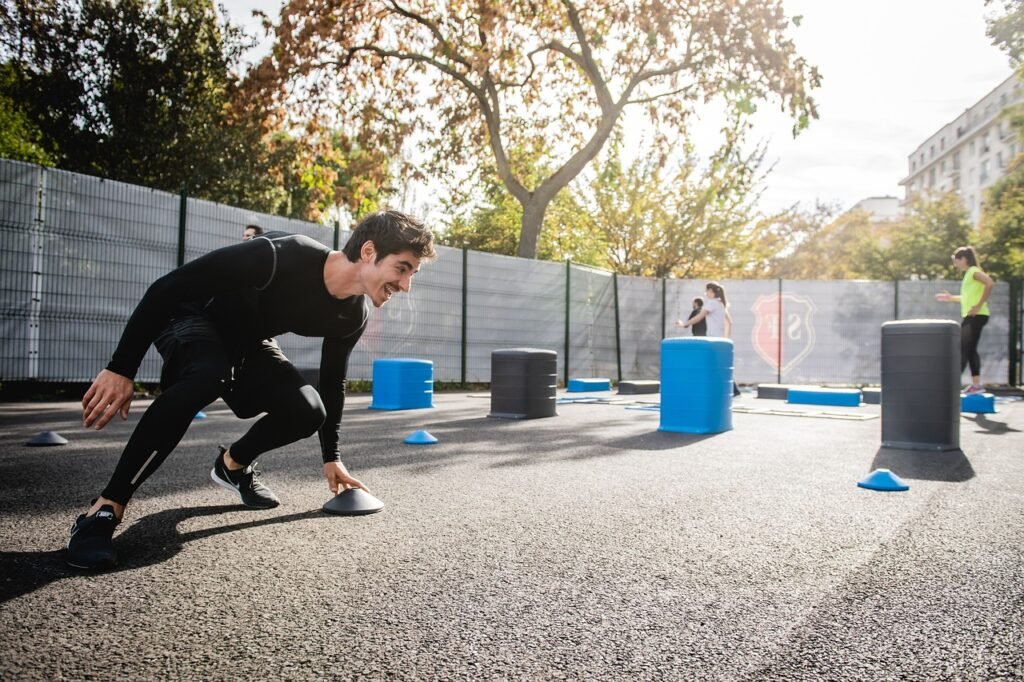
If you’ve recently purchased used fitness equipment, you may encounter a few common problems that require a little bit of troubleshooting. From malfunctioning treadmills to squeaky stationary bikes, these issues can be frustrating, but fear not – there are simple solutions to get your equipment up and running smoothly again. In this article, we’ll explore some of the most common problems you may encounter with used fitness equipment and provide you with practical tips on how to fix them. So get ready to get back on track with your fitness journey without breaking a sweat!

This image is property of images.pexels.com.
Inspecting the Equipment
When you purchase used fitness equipment, it is important to thoroughly inspect it before use. The first step in the inspection process is to check for visible damage. Look for any cracks, dents, or broken parts on the equipment. This includes checking the frame, handles, cables, and any other components that are visible. Identifying visible damage will help you determine the extent of repairs needed.
Next, inspect the moving parts of the equipment. Ensure that they are functioning properly and smoothly. Check for any signs of rust, corrosion, or excessive wear on the pulleys, bearings, and other moving components. If you notice any irregularities or difficulties in the equipment’s movement, it may require further inspection or repairs.
Lastly, look for signs of wear and tear on the equipment. This includes checking for frayed cables, worn-out upholstery, or faded decals. These signs indicate that the equipment has been used extensively and may need repairs or replacements. Taking note of these issues will help you create a comprehensive plan for fixing and maintaining the equipment.
Cleaning and Sanitizing
Once you have inspected the equipment and identified any visible damage or wear, it is important to clean and sanitize it before use. Start by cleaning the surfaces and handles of the equipment. Use a mild detergent or cleaner to remove dirt, sweat, and grime. Pay special attention to areas that come in direct contact with the user, such as handles and seats.
After cleaning, it is crucial to disinfect the equipment to kill any bacteria or viruses. Consult the manufacturer’s guidelines or use an appropriate disinfectant solution. Make sure to follow the recommended dilution ratios and contact times for optimal effectiveness. By cleaning and sanitizing the equipment, you ensure the safety and hygiene of yourself and other users.
Additionally, don’t forget to remove dust and debris that may have accumulated on the equipment. Use a soft cloth or brush to gently remove any dust or dirt from hard-to-reach areas. Regularly cleaning and maintaining the equipment will not only extend its lifespan but also provide a better experience for users.

This image is property of images.pexels.com.
Fixing Broken Cables
One common issue with used fitness equipment is broken cables. To fix this problem, it is important to first identify the broken cable. Thoroughly inspect the cables, looking for any visible signs of damage such as fraying, kinks, or snaps. Once you have identified the broken cable, the next step is to purchase a replacement cable.
When purchasing a replacement cable, make sure to get the correct length, thickness, and type to ensure compatibility and proper functionality. You can usually find replacement cables from fitness equipment manufacturers or specialized retailers. Once you have the replacement cable, carefully remove the old cable by loosening any connectors or fasteners.
Installing the new cable requires attention to detail. Follow the specific instructions provided by the manufacturer or refer to online resources for guidance. Attach the new cable to the appropriate connectors or pulleys, ensuring it is properly aligned and securely fastened. Double-check the installation to ensure the cable is tensioned correctly and the equipment is functioning as intended.
Replacing Worn Out Upholstery
Over time, the upholstery on fitness equipment can become worn out and unsightly. To replace worn-out upholstery, start by assessing the condition of the existing upholstery. Look for tears, cracks, or excessive wear on the seats, backrests, or any other padded areas. If the upholstery is beyond repair, it’s time to order replacement upholstery.
When ordering replacement upholstery, make sure to choose the correct size and style to fit your equipment. Check with the equipment manufacturer or specialized retailers for options and availability. Once you have the replacement upholstery, carefully remove the old upholstery by undoing any fasteners or attachments.
Installing the new upholstery requires patience and accuracy. Follow the provided instructions or refer to online resources for step-by-step guidance. Carefully align and attach the new upholstery to the equipment, making sure it is securely fastened and free from wrinkles or bulges. The new upholstery will not only enhance the equipment’s appearance but also improve comfort and hygiene for users.

This image is property of images.pexels.com.
Adjusting Loose Bolts and Screws
Loose bolts and screws are a common issue in used fitness equipment. To address this problem, start by identifying any loose bolts and screws on the equipment. Check all visible areas, including the frame, handles, and attachment points. Test each one by gently trying to tighten them with appropriate tools.
Once you have identified the loose bolts and screws, use the correct tools, such as a wrench or a screwdriver, to tighten them. Make sure not to overtighten as it could damage the equipment or strip the threads. After tightening, test the equipment to ensure that the bolts and screws are secure and there is no excessive movement or wobbling. Regularly check and tighten the bolts and screws to maintain the equipment’s stability and prevent accidents during use.
Fixing Noisy Parts
Noisy parts can be disruptive and indicate potential issues with the equipment. To fix noisy parts, start by identifying the source of the noise. Inspect the equipment and listen for any rattling, squeaking, or grinding sounds. Pay attention to moving parts such as pulleys, wheels, or belts.
Once you have identified the source of the noise, apply lubrication if necessary. Consult the equipment’s manual or contact the manufacturer for the recommended lubricants and application methods. Use the appropriate lubricant to reduce friction and noise in the affected areas. Apply a small amount of lubricant as directed, making sure not to over-lubricate or create messy residue.
If lubrication does not resolve the noise issue, consider replacing worn-out parts. Over time, certain components may wear out and cause excessive noise during operation. Order replacement parts from the manufacturer or specialized retailers to ensure compatibility and quality. Follow the manufacturer’s instructions or consult a professional for guidance on replacing noisy parts.
Calibrating Misaligned Sensors
Misaligned sensors can affect the accuracy and functionality of fitness equipment. To calibrate misaligned sensors, start by identifying the sensor that requires adjustment. Check the equipment’s manual or contact the manufacturer for specific instructions on calibration.
Follow the provided instructions carefully to adjust the sensor. This may involve loosening or tightening bolts, aligning markers, or using adjustment knobs. Make small and precise adjustments to ensure the sensor is properly calibrated. Test the sensor after each adjustment to verify its accuracy and make any necessary fine-tuning. Properly calibrated sensors will ensure accurate readings and a better workout experience.
Repairing Faulty Electronics
Faulty electronics can cause malfunctions or complete failure of fitness equipment. To repair faulty electronics, start by checking the power supply and connections. Ensure that the equipment is properly plugged in and there are no loose or damaged wires. Test the power supply with a working outlet or use a voltage tester to determine if the correct amount of power is reaching the electronics.
If the power supply and connections are functioning properly, test the electronic components. This may involve using a multimeter or specific diagnostic tools to identify any faulty components. Once the faulty electronics are identified, you can either replace them with new components or repair them, depending on your skills and the availability of replacement parts.
Replacing or repairing faulty electronics may require technical expertise or professional assistance. Contact the equipment manufacturer or consult a qualified technician for guidance if you are unsure about the repair process. Properly functioning electronics are essential for the overall performance and safety of the fitness equipment.
Troubleshooting Display Issues
Display issues can be frustrating and hinder your workout experience. To troubleshoot display issues, start by checking the power supply to the display. Ensure that the display is properly connected to a power source and that the power cable is not damaged or loose. If the display is battery-powered, replace the batteries if necessary.
If the power supply is not the issue, try resetting or restarting the display system. This can often resolve minor glitches or software errors. Consult the equipment’s manual or contact the manufacturer for specific instructions on resetting or restarting the display. Follow the provided guidelines carefully to avoid unintended changes or data loss.
If the display issues persist, it may be necessary to contact the equipment manufacturer or a service technician for further assistance. They can provide specialized support and diagnose any underlying problems with the display system. Prompt troubleshooting and resolution of display issues will ensure you can track your progress and optimize your workout sessions.
Maintaining Proper Lubrication
Proper lubrication is essential for the smooth and efficient operation of fitness equipment. To maintain proper lubrication, start by identifying the areas that require lubrication. This typically includes the moving parts such as pulleys, bearings, or chains. Consult the equipment’s manual or contact the manufacturer for specific lubrication points.
Once you have identified the areas that require lubrication, use appropriate lubricants recommended by the manufacturer. Avoid using household oils or greases that may not be suitable for fitness equipment. Apply the lubricant as directed, ensuring that it reaches all necessary parts and reduces friction effectively.
Regularly applying lubrication is crucial for maintaining the equipment’s longevity and performance. Develop a lubrication schedule based on the manufacturer’s recommendations or the equipment’s usage frequency. Regular lubrication will minimize wear and tear, reduce noise, and provide a smoother and safer workout experience.
In conclusion, when purchasing and using used fitness equipment, it is important to inspect the equipment for visible damage, clean and sanitize it, and address any common issues that may arise. By following the outlined steps for inspecting, cleaning, fixing, and maintaining the equipment, you can ensure its safe and effective use for a long time. Remember to refer to the manufacturer’s guidelines and seek professional assistance when needed. Enjoy your workouts with properly maintained fitness equipment!


